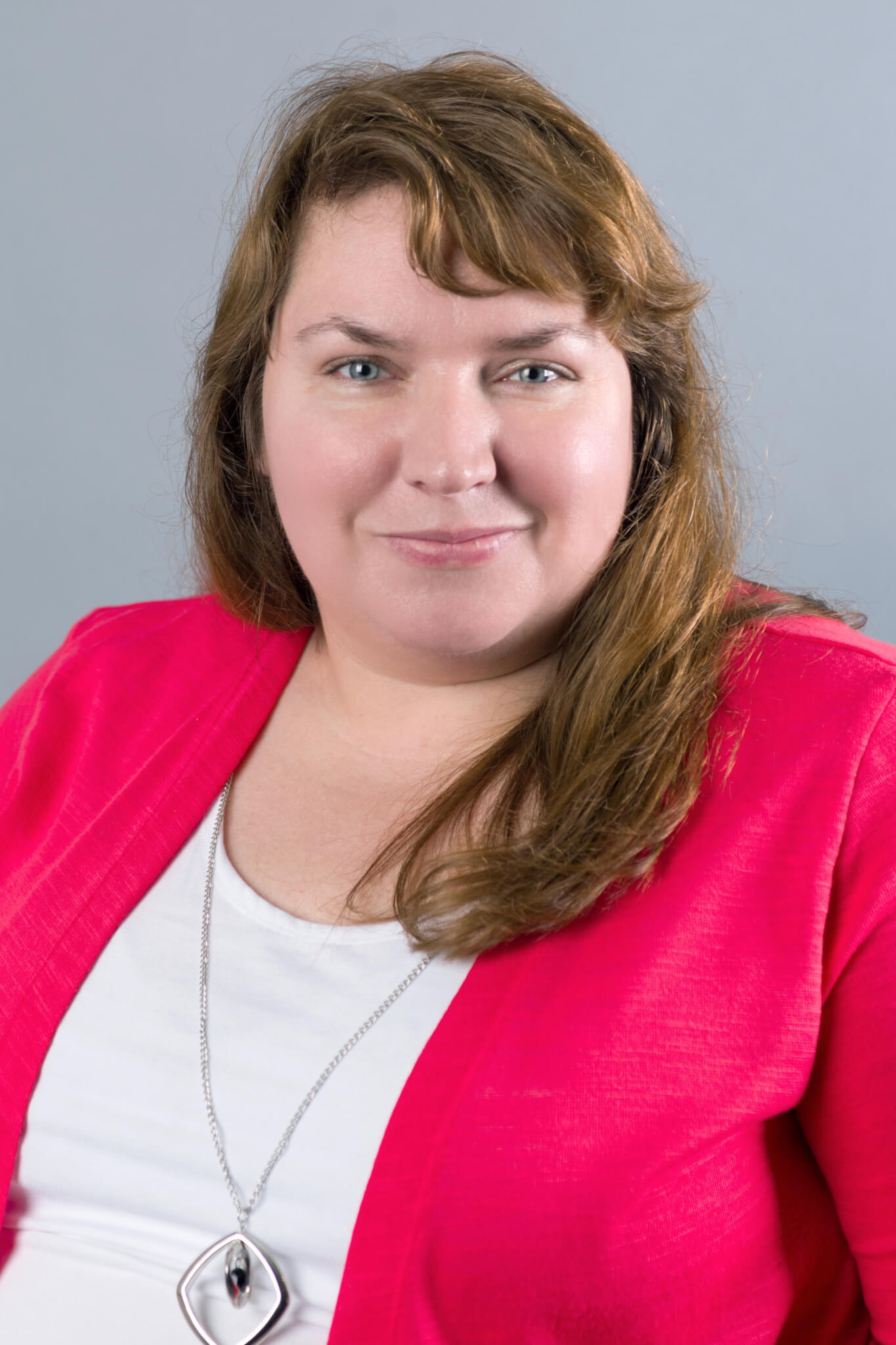Donor Advised Funds: A Growing Opportunity Nonprofits Can’t Afford to Miss
In the ever-evolving landscape of charitable giving, one vehicle continues to surge ahead: Donor Advised Funds (DAFs). Once perceived as a tool for the ultra-wealthy, DAFs have become a mainstream method for donors of all income levels to support the causes they care about. And the data from Fidelity Charitable’s 2025 Giving Report makes one thing clear—nonprofits should do more to educate and engage donors around DAFs.
DAFs Are Not Just for the Wealthy
Contrary to popular belief, DAFs are accessible to a wide range of donors. Fidelity Charitable reports that 51% of giving account balances were under $25,000.
This shows that DAFs are being used by everyday philanthropists who want to give strategically and consistently.
Giving via DAFs Is Growing Rapidly
In 2024 alone, Fidelity Charitable donors recommended nearly 2.7 million grants totaling $14.9 billion, a 25% increase from the previous year.
That’s five times the amount granted just a decade ago. This explosive growth underscores the importance of DAFs in the modern philanthropic ecosystem.
Why Nonprofits Should Care
DAFs offer a steady stream of support. Nearly three-quarters of contributed dollars are distributed to charities within five years, and donors remain loyal, with 80% of grants going to organizations they’ve supported before.
This means nonprofits that build strong relationships with DAF donors can expect sustained funding over time.
Moreover, 95% of grants include donor names and addresses, allowing nonprofits to steward these relationships effectively.

What Development Teams Should Do
To fully leverage the potential of DAFs, nonprofit development teams should:
- Educate donors about DAFs—many donors may not know they can open a Giving Account with no minimum contribution.
- Make it easy to give—include DAF giving options on your website and in donation forms.
- Recognize and steward DAF donors—since most grants include donor information, treat these donors with the same care as direct contributors.
- Train staff and board members—ensure everyone understands how DAFs work and how they can be integrated into fundraising strategies.
The Bottom Line
DAFs are transforming charitable giving. They’re accessible, flexible, and growing fast. Nonprofits that embrace this trend and actively promote DAFs to their donor base will be better positioned to thrive in the years ahead.
It’s time to stop viewing DAFs as a niche tool and start seeing them as a cornerstone of modern philanthropy.
Do you have specific questions about DAFs or need help incorporating DAF giving in your fundraising program? Connect with one of our experts.

